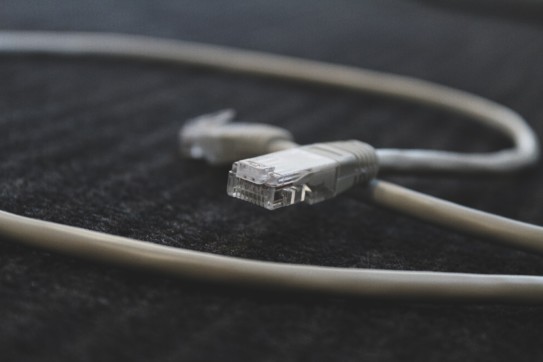Does Online Cannibalize Offline Fundraising?

This question seems to come up all the time when looking at online giving trends. It came up just the other day at the Institute of Fundraising Nation Convention in London. And the answer to the question is very simple — it depends.
Your Results May Vary
The cannibalization argument says that the growth in online giving comes at the expense of donors who used to, or would have otherwise, given offline. I have seen customer data that backs up this argument and I’ve seen data that refutes it. Your own trends may differ and it is extremely important to analyze
your online and offline donor data together to see what is happening. It is also important to look at how giving to different channels impact the size, frequency, and length of giving. Start by checking a sample of your own data. Your own results may vary.
Changing Channels
The 2008 donorCentrics Internet Giving Benchmarking Analysis examined how donors change channels over time. The Target Analytics study found that online donors do switch to become offline donors, but offline donors rarely become online donors. The same trend was true in the 2006 report and has held up over time. This trend means it is very rare for a traditional offline donor to change to online giving and any cannibalization would be very minor. If you are looking at things from a siloed perspective, then it would actually be more accurate to say that offline probably cannibalizes online. Of course, that would be a very short-sighted view of what is really happening with giving channels these days.
Don’t Confuse Programs and Channels
Major giving and annual funds are programs. Direct mail and email are channels. Be very careful not to confuse the two. Email-driven giving doesn’t steal from the annual fund. But it may be drawing donors away from those that traditionally gave via direct mail. Many claims of cannibalization are rooted in highly siloed organizations or where the culture rewards hoarding of donor groups. This is why it is so important that programs in the organization use multiple channels to drive giving. The annual fund program might choose a strategy where direct mail, phone, email, and social media channels are used to bring in new donors and retain existing ones too. Focus on the right mix of channels that complement the program and the donors you’re trying to engage.
Where the Growth Is
Target Analytics noted in the donorCentrics study that as much as 16% of new donors and 27% of new revenue came from online in 2008. Compare that will a recent downward trend in donor acquisition using offline channels like direct mail. These donors also typically give more online than offline donors. Blackbaud’s analysis of online fundraising continues to show positive growth on a year-over-year basis. I am sure at one point in history there were arguments over how the telephone was cannibalizing the telegraph. Even today there are debates over how debit cards are ruining the check writing industry. This seems to me like misdirected angst. But few would argue that giving donors more choice and options is a bad thing.
The Donor is Always Right
Whether they choose to give online or by mailing in a check or during a phone-a-thon then that is the donor’s choice. You might limit certain options or focus on certain channels but the donor always has the final choice. In a world where there are more and more options for donors and no shortage of organizations willing to personalize the giving experience the successful nonprofits will be those that embrace donor choice. Don’t forget to give your donors choice and let them make choices that are right for them.
